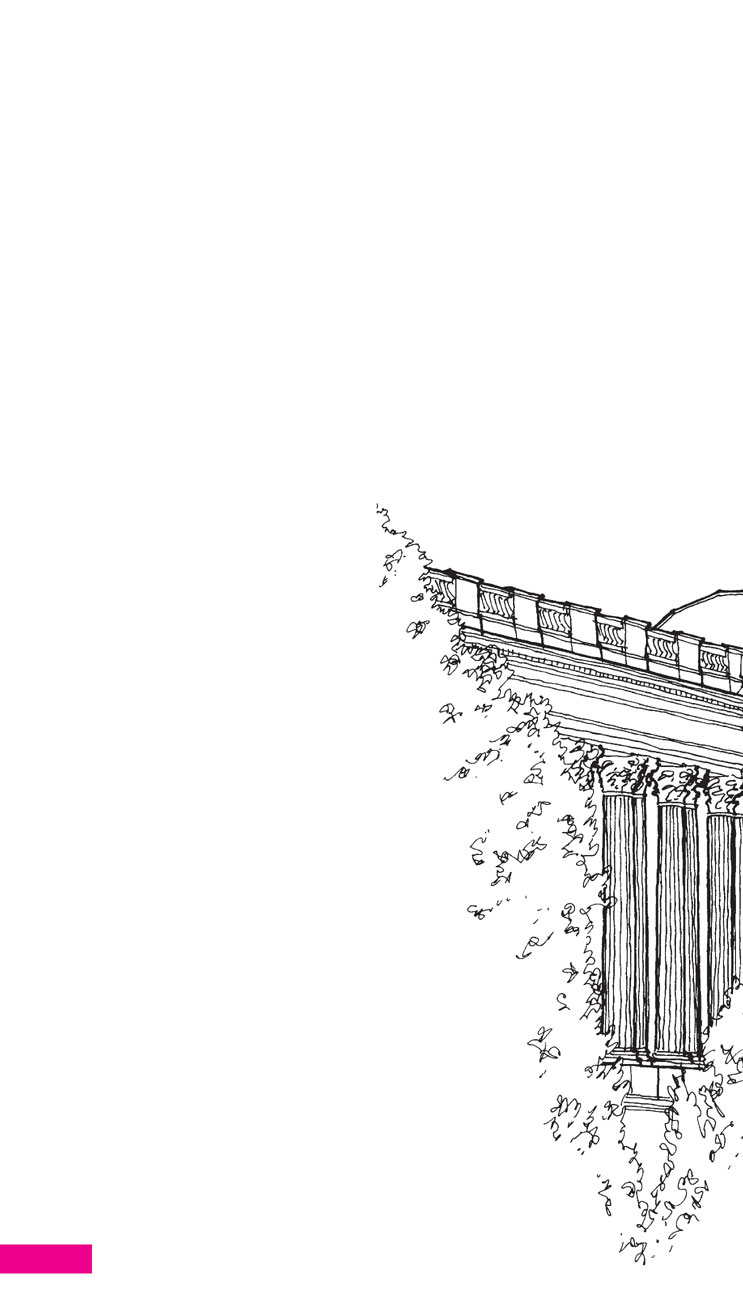Byzantine
This style takes its name from the Byzantine Empire, the eastern half of the Roman Empire which continued for a thousand years after the western half had fallen to the Barbarians. Established in what is modern-day Turkey, the Emperor Constantine moved his capital from Rome to Byzantium in 306 CE and renamed it Constantinople. It remained the capital of the Byzantine Empire until it was reconquered by the Turks in 1453. (The name Constantinople was changed to Istanbul in 1919.)
Byzantine architecture is sumptuous and heady, as befits its Oriental origins. It makes use of luxurious materials, like marble and mosaic, as well as rich colours. One of its characteristic motifs is the use of the round dome over a square base. Concave triangular supports known as squinches enable the dome to fit over the square plan. This was used at Sacré-Coeur. Another example of a Byzantine style building is the St-Alexandre-Nevsky Cathedral.
Gothic
Also known as the Perpendicular style, the French not only invented Gothic but also created the most beautiful sub-genre of it, known as Rayonnant. It was developed in the early 12th century at the Basilique St-Denis just north of Paris. The Abbot Suger wanted to enlarge his church and had parts of it rebuilt in a new and innovative style.
This was based on the desire to allow
as much light to enter the building as
possible. By replacing the heavy masonry
walls of the church with slender columns,
it allowed for much larger windows. Other
structural innovations, such as the pointed arch
and the flying buttress, also reduced the need
for massive walls.
These structural and decorative innovations
helped to create the first Gothic building, and the
Basilique St-Denis is regarded as the prototype of the
Rayonnant style. Its interior is free of columns, while its
large windows help to create a sensation of airiness and
lightness, something that characterised this stunning new
style and which was quickly copied throughout Europe. The
Sainte-Chapelle is another excellent example of this style.
By about the 16th century the Gothic style was dying out,
the rediscovery of Classical architecture during the Renaissance
224

